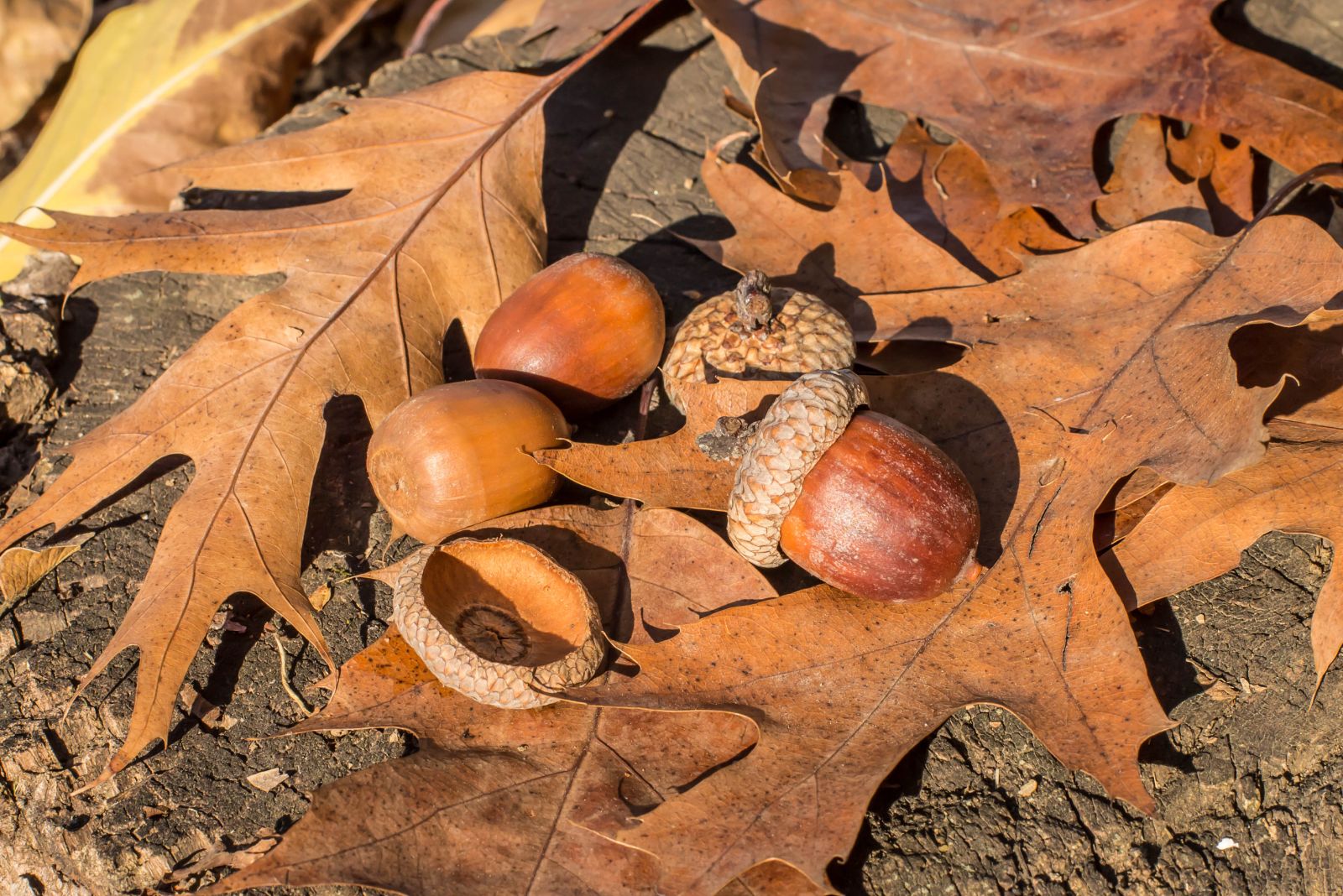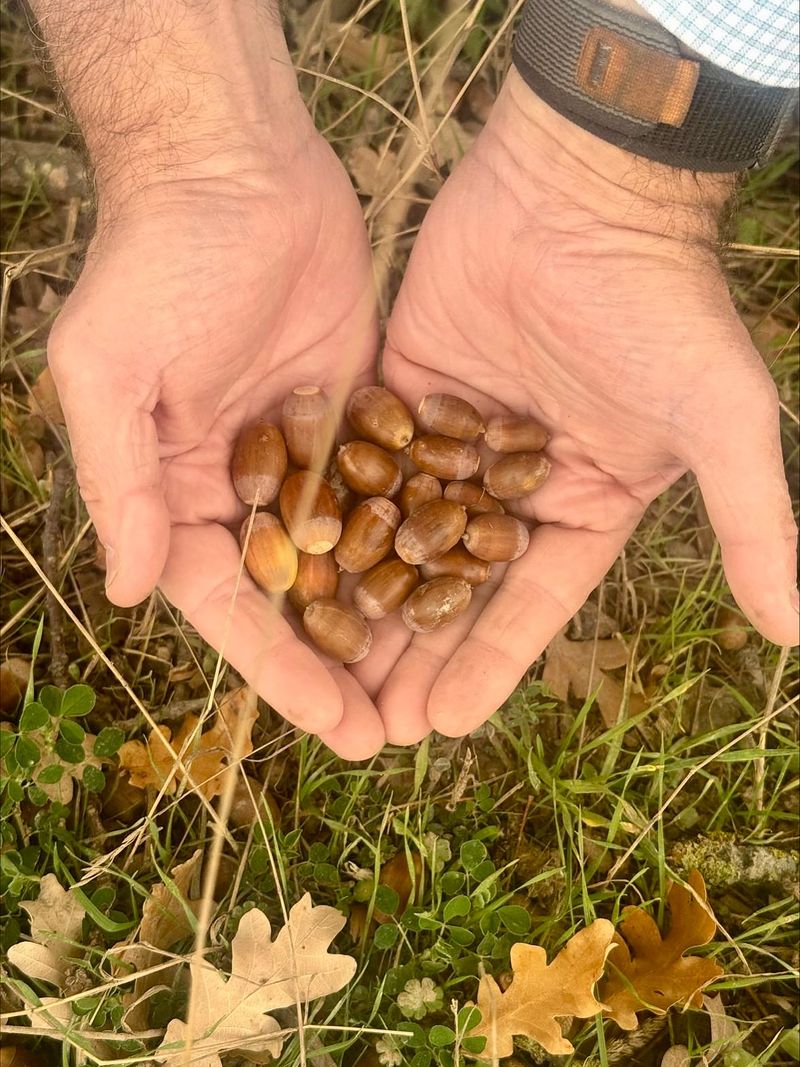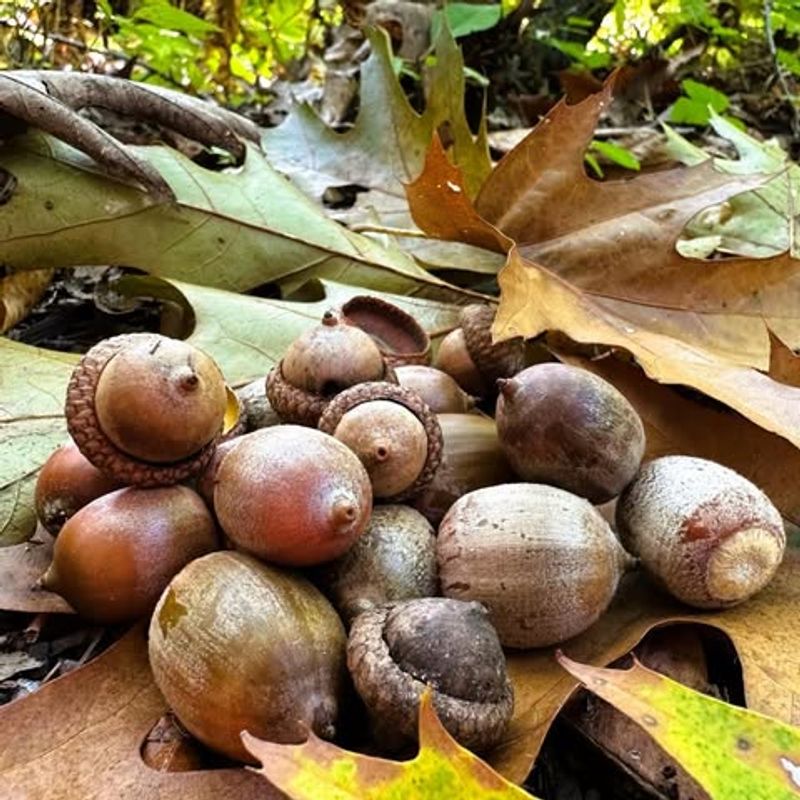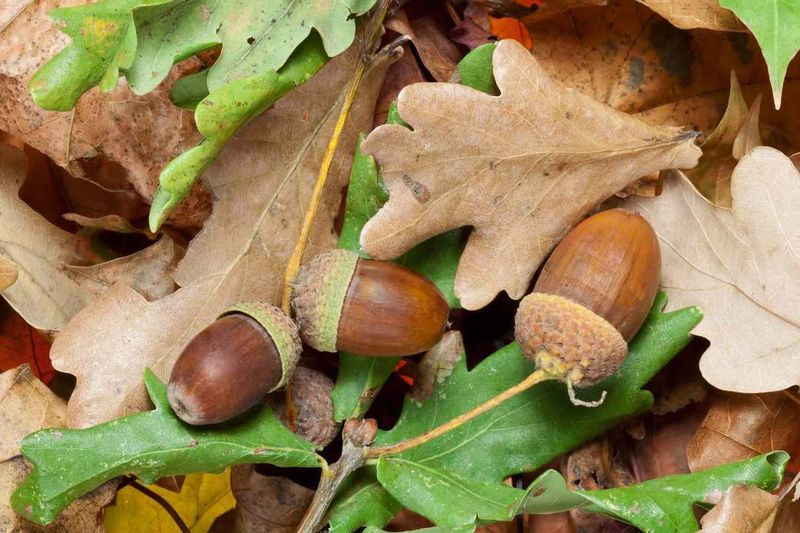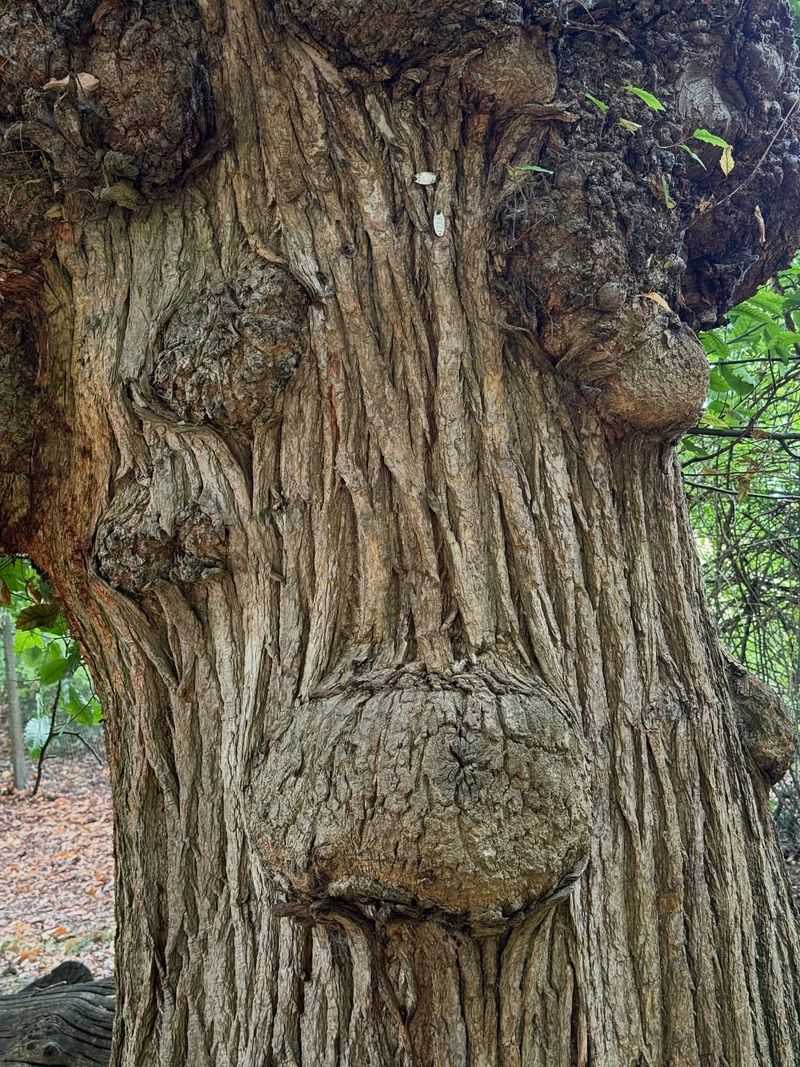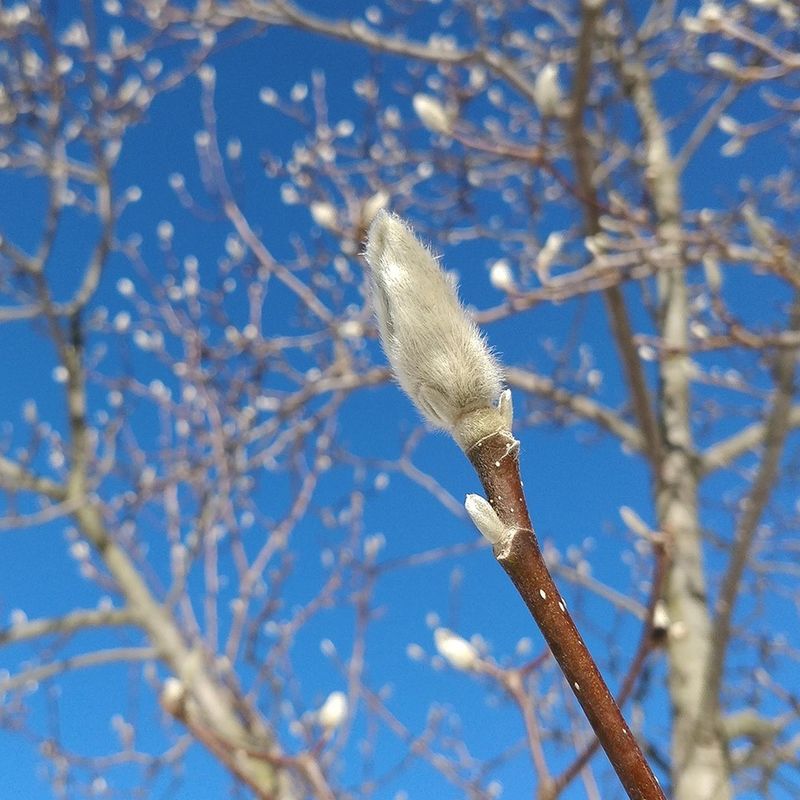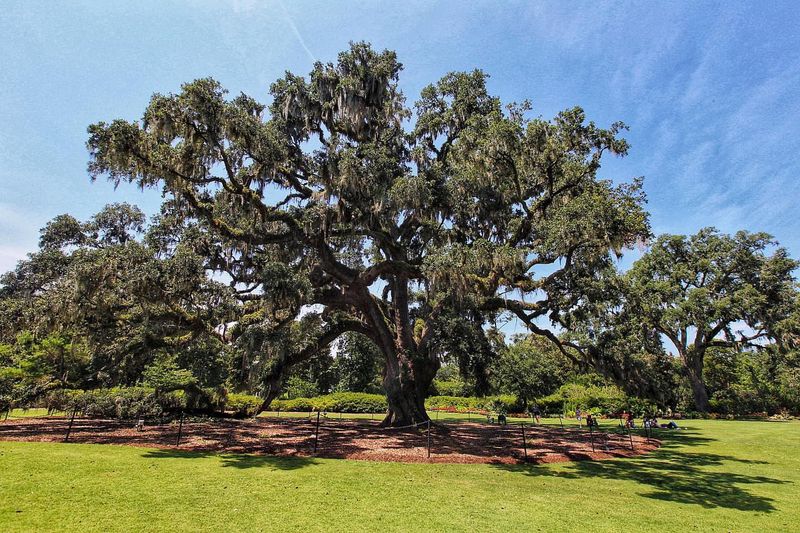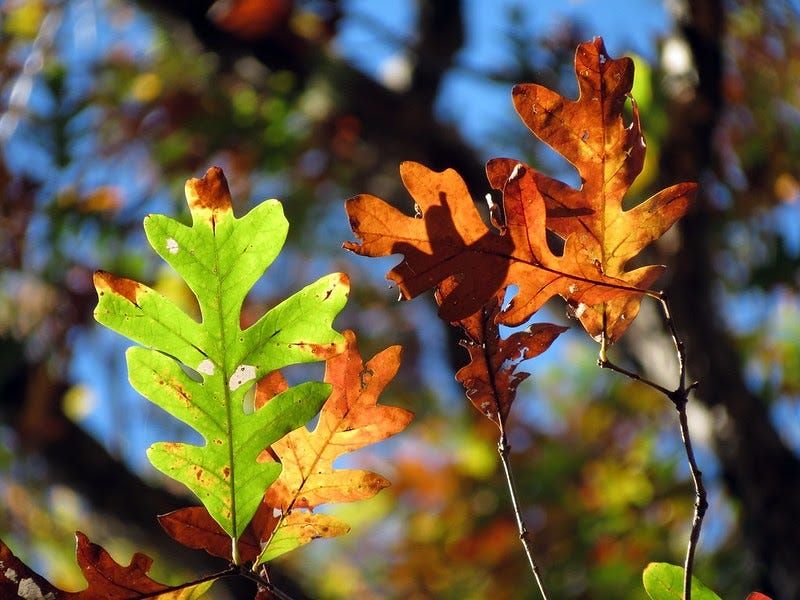Acorns seem to be falling faster than you can rake this year, and many North Carolina yards are feeling the crunch. What looks like a random burst of nuts dropping from the trees often has a story behind it. When the ground starts to look like a ball pit of acorns, something is stirring above the branches.
From shifting weather to hungry wildlife, a mix of forces can turn an ordinary season into a bumper crop. Understanding what is driving the surge can help you stay one step ahead and keep your yard from becoming a squirrel buffet.
1. Mast Year Phenomenon
Oak trees experience something called mast years, where they produce an enormous number of acorns all at once. Scientists believe trees do this as a survival strategy to overwhelm seed predators like squirrels and deer.
When too many acorns drop at once, animals can’t possibly eat them all. Some acorns survive to sprout into new trees.
Mast years typically happen every two to five years, depending on the oak species. This synchronized production across many trees in your area in North Carolina creates the acorn avalanche you’re seeing now.
2. Perfect Weather Conditions Last Spring
Weather during spring pollination plays a huge role in acorn production. Last spring’s mild temperatures and low rainfall created ideal conditions for oak flowers to pollinate successfully.
Heavy rains during pollination season can wash away pollen before fertilization occurs. Dry, calm weather allows pollen to travel between trees efficiently, resulting in more fertilized flowers.
Each fertilized flower becomes an acorn, so perfect spring weather translates directly into the acorn abundance you’re experiencing. Nature’s timing worked out perfectly for oak reproduction this year.
3. Abundant Rainfall This Summer
Summer rainfall determines whether developing acorns will reach maturity. North Carolina received above-average precipitation this summer, giving oak trees plenty of water to support heavy acorn crops.
Drought conditions typically cause trees to abort developing acorns to conserve resources. With ample water, trees could afford to nurture every acorn to full size.
Well-watered trees also produce larger, healthier acorns. Your yard’s oak trees took full advantage of the favorable growing conditions, creating the bumper crop now falling around you.
4. Tree Stress From Previous Years
Sometimes heavy acorn production follows years of stress. When oak trees experience drought, disease, or damage, they may skip acorn production to focus on survival.
After recovering their health, trees often overcompensate with massive seed crops. This reproductive surge ensures the tree passes on its genetics before another stressful period arrives.
If your area experienced difficult conditions in recent years, your oaks might be making up for lost time. This biological insurance policy explains why some bumper acorn years seem to come out of nowhere.
5. Your Oak Trees Reached Prime Age
Oak trees produce the most acorns during their middle-aged years, typically between 50 and 80 years old. Younger trees lack the energy, while older trees gradually decline in production.
If your neighborhood was developed several decades ago, many oaks may have reached peak production age simultaneously. This creates a community-wide acorn explosion.
Prime-age oaks can produce thousands of acorns annually during mast years. Your North Carolina yard’s trees might simply be hitting their stride, showing off their reproductive potential in spectacular fashion this season.
6. Mild Winter Protected Flower Buds
Last winter’s temperatures stayed relatively mild across North Carolina, protecting the developing flower buds that would become this year’s acorns. Harsh freezes can kill these delicate buds before they bloom.
Oak trees form their flower buds during the previous summer and fall. These buds must survive winter to open in spring.
When winter weather cooperates, more buds survive to produce flowers and eventually acorns. The gentle winter gave your oak trees a head start on this year’s exceptional crop, preserving maximum reproductive potential.
7. Reduced Pest And Disease Pressure
Acorn weevils, gall wasps, and various fungi can devastate acorn crops in some years. When pest populations stay low, more acorns survive to maturity and eventually fall to the ground.
Weather patterns affect pest cycles just like they affect trees. Conditions unfavorable to pests create favorable outcomes for acorn production.
Your oak trees benefited from reduced attacks this year, allowing them to channel energy into seed production rather than defense. Healthy trees free from major pest problems produce the heaviest acorn crops imaginable.
8. Multiple Oak Species Synchronizing
North Carolina hosts numerous oak species, including white oaks, red oaks, and willow oaks. Each species follows its own mast year cycle, but occasionally these cycles align perfectly.
When multiple oak types experience mast years simultaneously, the combined acorn drop becomes overwhelming. Your yard might contain several oak species all producing bumper crops together.
This synchronization amplifies the effect, creating acorn layers deeper than you’ve ever seen. The convergence of different oak cycles explains why this year feels especially extraordinary for acorn abundance.

